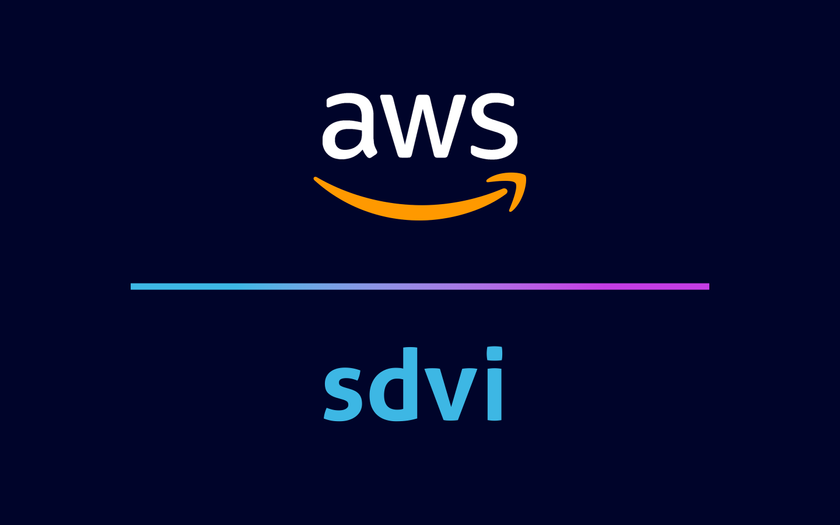Omneon Meets LDS Church Challenge

David Gabbitas, LD S Church broadcast engineer. Photo by IRI
SALT LAKE CITY—The Church of Jesus Christ of Latter-day Saints has always embraced technology to spread its message throughout the world. To help those who view its work to know, feel, and act upon gospel principles, the Church produces inspirational and informational programming, including messages from Church leaders, musical performances, documentaries and feature films.
The Church also uses its broadcast infrastructure for training and meetings with selective regional audiences. Material is distributed to audiences worldwide from a variety of delivery systems, including broadcast television, Internet streaming, and satellite.
MULTILINGUAL BROADCASTS
One of the greatest challenges in providing content worldwide is the multi-language support that's required for such a large distribution. One of the most recognized and viewed events is the Church's General Conference, which is held twice a year in Salt Lake City, and is simultaneously interpreted into more than 90 languages for broadcast.
The Church broadcasts around the world via satellite, delivering standard-definition video, along with 20 to 40 audio channels, depending on the target area and its language requirements. This distribution system has evolved during the past 25 years or so, and has seen a number of different technology solutions. In addition to satellite distribution, Internet streaming now provides all available languages to the worldwide audience and further increases demands on broadcast operations. With such complexity and with modern technology being continually evaluated, a server was an obvious requirement and the solution to simplify the growing broadcast operations.
We were able to establish our current delivery model with an Omneon Spectrum media server system. This is a modular and scalable system, which was designed specifically for television ingest, production, and playout applications. It took some time to find an ideal solution for our unique multiple audio channel requirements—one which could meet the requirements of managing those tracks in a discrete workflow. With the assistance of Omneon engineers, we implemented a Spectrum system that could ingest the full complement of audio and video, while simultaneously playing out more than 150 discrete channels of audio and six different video programs.
VERY FLEXIBLE SYSTEM
The system is installed in our Salt Lake City facilities and captures HD-originated content, while delivering SD programming via satellite. This helps us maximize use of costly satellite bandwidth, and also to accommodate the enormous number of audio channels that accompany our worldwide broadcasts. The Omneon method of audio management also allows a single audio track to be played out on multiple channels simultaneously, giving us a great deal of flexibility within the system and reducing external routing requirements. We use the Spectrum server system and its dedicated players, under the control of Nverzion automation, to deliver the required combinations of languages on each broadcast path.
Omneon was the only company capable of meeting all of our requirements and the demands of this sizable undertaking. With greater automation of playout tasks simplifying complex operations, enabled by the Spectrum server, we've also been able to improve the accuracy of our broadcasts and reduce the time and hardware required to manage multilingual broadcasts.
Sean McFarland is chief engineer for The Church of Jesus Christ of Latter-day Saints, and has been with the organization since 2001. He may be contacted at mcfarlandsd@ldschurch.org.
For additional information, contact Omneon—now part of Harmonic—at 408-542-2500 or visit www.omneon.com.
Get the TV Tech Newsletter
The professional video industry's #1 source for news, trends and product and tech information. Sign up below.













